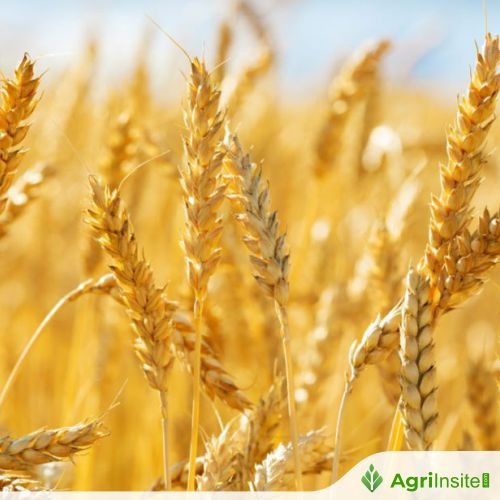India’s Wheat Crop at Risk as Warm Weather Persists

India’s wheat farmers face challenges as warm temperatures and low rainfall threaten yields. With January 2025 being the third-warmest since 1901 and rainfall 80% below normal in key regions, concerns grow over food security. Government stockpiles are at a 16-year low, raising speculation about reducing the 40% wheat import duty to stabilize supply and prices.
India’s wheat farmers are facing a tough season as unusually warm temperatures and sparse rainfall threaten crop yields, raising concerns about food security and potential government intervention. The combination of extreme weather conditions and dwindling stockpiles has put the country’s wheat output in jeopardy, potentially affecting domestic prices and trade policies.
According to the India Meteorological Department, rainfall in the country’s northwest — a key wheat-growing region — has been almost 80% below normal since the beginning of the year. January 2025 was recorded as India’s third-warmest since 1901, exacerbating concerns about soil moisture levels and plant growth. With forecasts indicating continued warm and dry conditions for at least another month, agricultural experts warn of significant yield reductions.
“The forecast shows continued warmer and drier conditions for at least the next month, which will continue to reduce overall wheat yields in the region,” Donald Keeney, a senior meteorologist at Maxar Technologies Inc told Bloomberg. “It’s certainly hurting the wheat crop.”
India is the world’s second-largest wheat producer, and any major shortfall could have cascading effects on domestic food prices. Despite last year’s record wheat output, government stockpiles are now near their lowest levels in 16 years, according to the US Department of Agriculture. This raises the possibility that the Indian government may reduce or eliminate the current 40% import duty on wheat to stabilize supply and keep prices in check.
As of February 4, wheat plantings had reached 32.5 million hectares (80 million acres), a 2% increase from the previous year, according to the farm ministry. However, concerns remain over how much of this crop will successfully reach harvest if adverse weather conditions persist. Wheat, a staple used for making flatbread and biscuits, is typically sown from October to December and harvested starting in March.
For many farmers from Haryana, the impact of rising temperatures is already evident. But they remain hopeful that normal temperatures in March could prevent catastrophic losses.
With wheat output hanging in the balance, all eyes are on upcoming weather patterns and potential government policy shifts. The next few weeks will be crucial in determining whether India can navigate this challenge or if it will need to open its doors to wheat imports to ensure food security.
To read more about Wheat News continue reading Agriinsite.com
Source : The Times Of India















